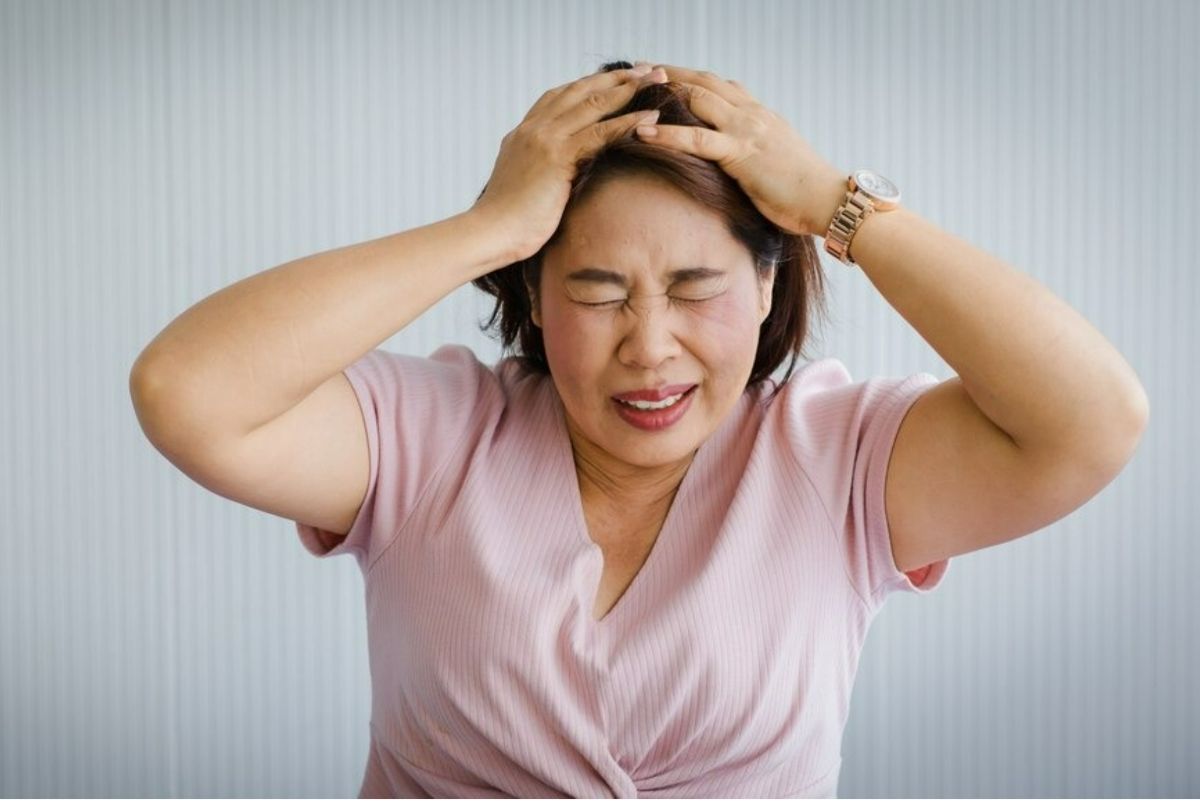India’s non-communicable disease (NCD) burden and brain stroke caseload have increased significantly. Cerebral stroke is one of the leading causes of death and disability in India and alone has claimed nearly 700,000 lives. The incidence of brain stroke has been steadily increasing since 2000, particularly among people aged 30 to 40 years. According to the World Health Organization, it is also the second leading cause of death worldwide and accounted for more than six million deaths in 2019.
What is a brain stroke and how to deal with it?
A brain stroke occurs when the blood supply to a part of the brain is suddenly cut off. This prevents brain tissue from receiving oxygen; As a result, they die almost immediately, leading to long-term disability and death. As brain cells continue to die, the abilities controlled by certain areas of the brain may be lost.
Therefore, proper identification and timely treatment of the condition is crucial. For most stroke patients, the first 4.5 hours, known as the “golden period”, are especially important because their chances of recovery are drastically improved if they are given quality medical care during that period. Remembering the acronym “BE-FAST” can help quickly detect if someone is suffering from a stroke.
- B: Loss of balance
- E: Loss of vision in one/both eyes
- F: One side of the face droops
- A: Feeling of weakness in one of the arms
- S: Slurring in speech
- T: Time to call emergency services
The plight of Indians spread awareness among Indians
With multiple NCDs like heart failure, diabetes, hypertension, etc. being in the common man’s lexicon, awareness about stroke is as good as absent. Recently, Boehringer Ingelheim India conducted a survey titled “The State of Stroke” with over 4000 respondents across various Indian metro and mini-metro cities. The survey found that only 70% of respondents knew the term “brain stroke”. Furthermore, only 20% knew about the risk factors and symptoms of stroke. The results of the survey have made it clear that much remains to be done to improve our level of awareness. Low awareness levels not only hinder patients from recognizing the signs of stroke but also prevent them from receiving quality care that can improve their quality of life.
Taking Care: Preventing Stroke and Life After Stroke
Dr. Ratna Devi, CEO and Co-Founder, Daksma Health and Education states, “As a lifestyle disease, stroke is often the result of years of unhealthy decisions and neglect. While Indians and other South Asians are genetically susceptible to stroke, a little care goes a long way. Adopting a healthy lifestyle can help reduce the risk of stroke. It can even prevent or delay its occurrence.”
Avoiding tobacco use, reducing alcohol intake, reducing consumption of salt-rich foods, and adopting a regular exercise regimen can help significantly reduce the risk of stroke. Additionally, reducing stress as much as possible and adopting a positive outlook on life can prove helpful.
It is important for patients who are recovering to heed the advice of their doctors and have regular consultations with them. Also, they should take appropriate medication and try to gradually resume physical activities. Emotional support is important at this stage and the presence of a loved one can help them mentally. However, they should be patient, avoid exertion and take the slow road to recovery.
